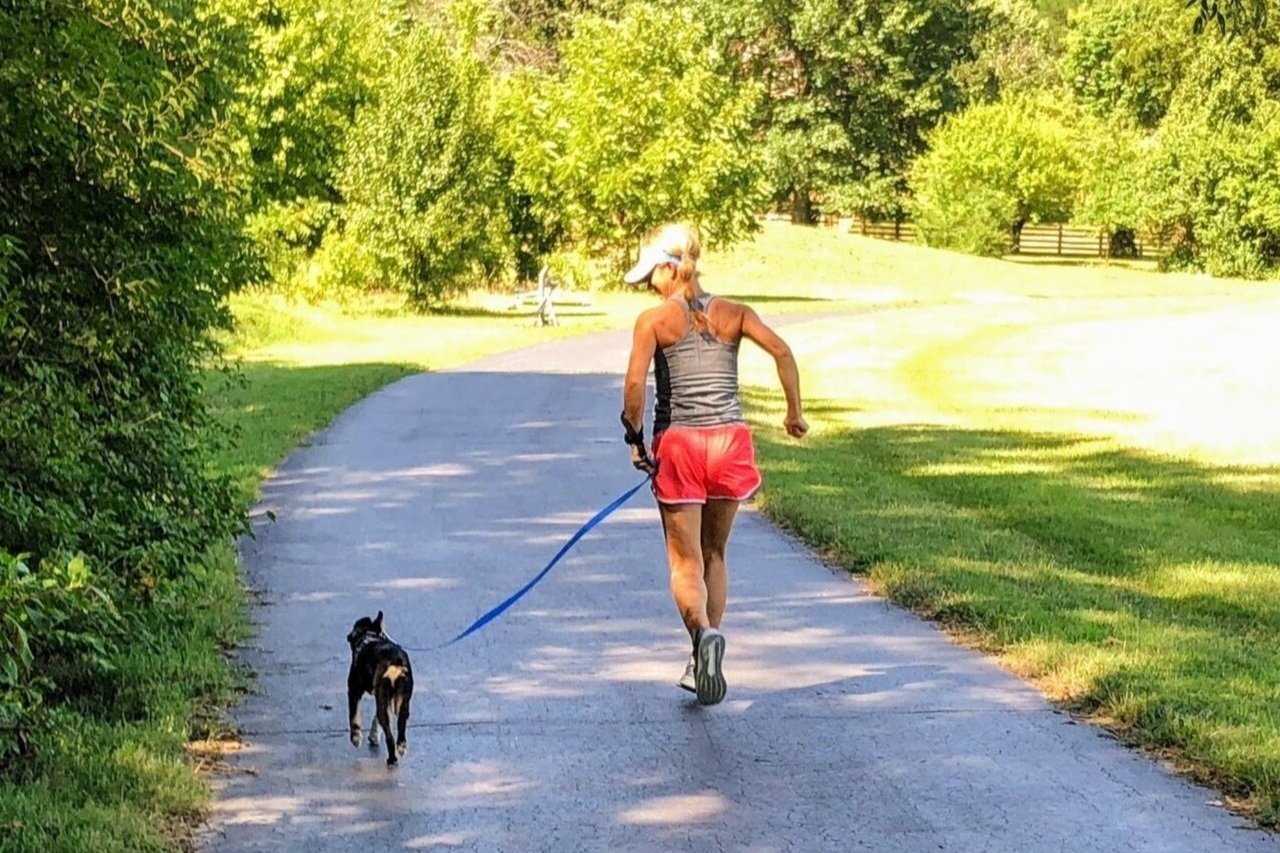Running on Tired Legs
/“Folks on message boards are debating about the Tired Run workout programmed into the Coach Amy Garmin Coach routine. Specifically what is meant by ‘best effort on tired legs’...what are the risks and rewards...and what speeds and effort levels are optimal for injury avoidance?”
Most long distance runners find that they “hit a wall” in their race. It is a point in the race when an athlete feels like they are running through concrete. That invisible obstacle IS surmountable with proper training. The Tired Run workout is one way that Coach Amy trains runners physically and mentally to break through “the wall.” Strategically scheduled the day after a long run, the Tired Run workout simulates the later stages of a long distance race.
The Tired Run workout trains the body to efficiently harness energy during an endurance race. In the later stages of a race, the body begins to burn fat for energy. The better trained our body is for that process, the more efficient it will do so on race day. The day after a long run is an ideal time to teach the body to adapt because the body’s energy stores are depleted from the previous day’s long run. The purpose of practicing running with fatigue is not just physical; it gives us the mental confidence to break through “the wall” because we've successfully practiced it throughout the training cycle.
The day after a long run, our legs are typically sore like after a hard strength workout. What is unique post long run, is that the legs are not only sore, but feel heavy. Additionally, the mind may be cranky and full of negative thoughts. Both heavy legs and crankiness are directly proportional to low energy stores. This is the perfect time for a run!
Tips for the Tired Run:
Avoid looking at your watch! You may wear it for tracking stats, but don’t look at it during the run. This is not a pace driven workout.
Expect this effort to feel hard even though it is technically an “easy” run without pace goals.
Maintain normal running form. Take a short walk break if gait becomes atypical (e.g. shuffling) and resume when you can run normally.
Follow the distance plan provided by your coach. It varies depending upon running experience, personal goals, period of training and injury history.
STOP if experiencing pain. The purpose of this run is not to learn how to run in pain.
The Tired Run is not the only workout that trains the body to hurdle “the wall”. A training plan with varied workouts that includes intervals, supersets, tempo runs, hill repeats and long runs are key for maximum success.
For more running tips on how to push through the wall and other hot topics, Subscribe to the RRKC blog!







